NightRise Land
Key features and operational benefits
A complete range of I² goggles to give the Land Forces the right advantage to perform their mission.
Combat proven.
18 mm Image intensifier tubes which allow:
- Stronger optical concentration
- Higher resolution and MTF contrast
- Better DRI performance
- Lower sensitivity to cosmetic artefacts like black spots
Tactical night vision
A line specially designed for infiltration and endurance on the battlefield
Easy infiltration
WHO? Dismounted soldiers, regular army units.
WHAT FOR? Optimal infiltration and mobility with a bi-ocular architecture (Thales FoldedDesign™).
WHY? Weight, size and volume savings with an optimal FoV.
FLAGSHIP PRODUCT: Minie NightRise, the smallest NVG on the market with 51° FoV.
Combat proven with the French Army (ONYX Program)
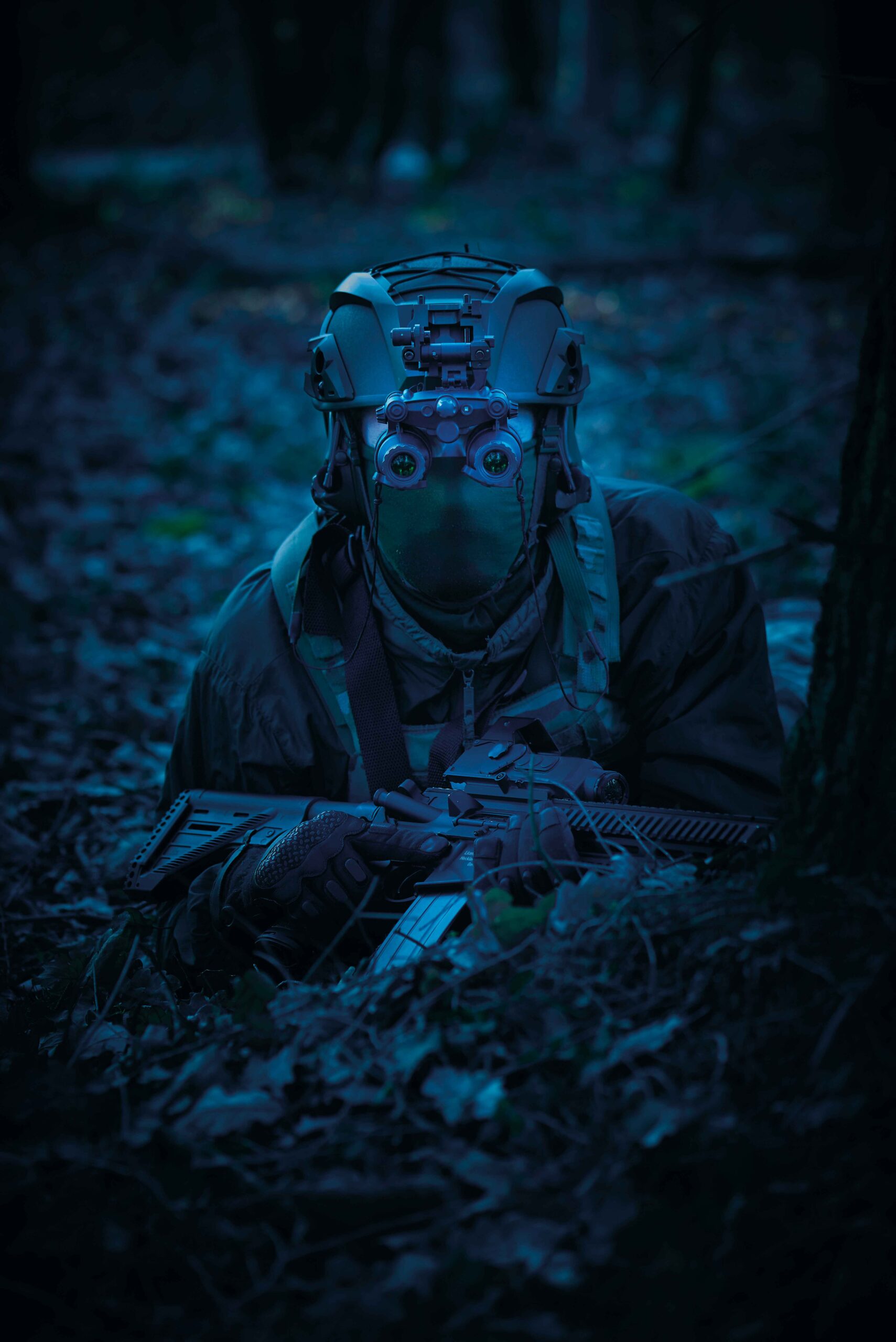
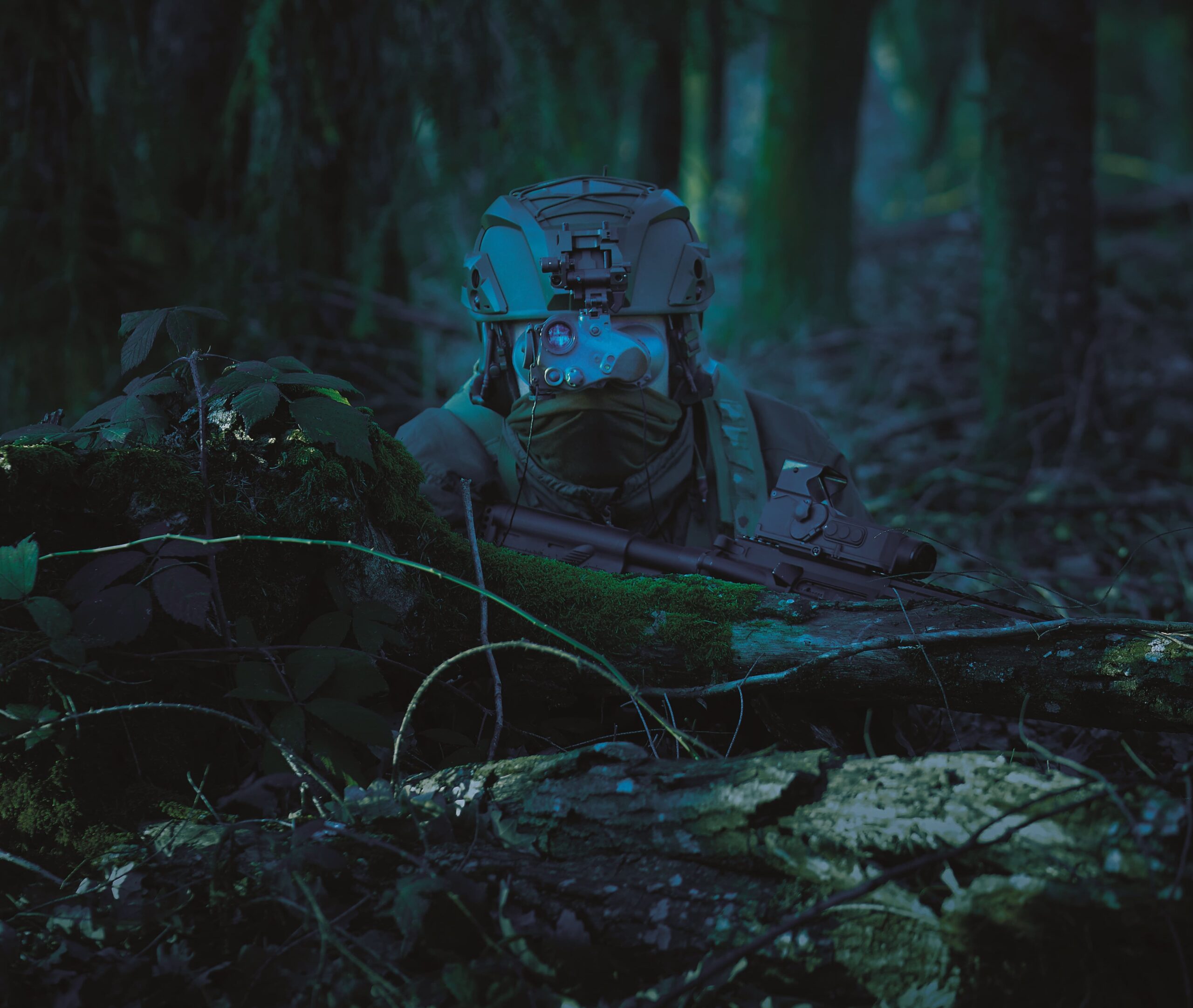
Tactical +
WHO? Dismounted soldiers, vehicle drivers.
WHAT FOR? Stereoscopic binocular vision on tactical missions requiring top performance in terms of size, weight, volume, ergonomics, optical field and range.
WHY? Best combination of performance and ergonomics.
FLAGSHIP PRODUCT: Nellie NightRise with 47° FoV in less than 460g and all the advantages of binocular architectures.
Augmented night vision
A line specially designed for high intensity combat
Tough combat
WHO? Special forces, specialised units.
WHAT FOR? Operations in extreme conditions and on the darkest nights.
WHY? Very wide aperture (F 0.95 vs. F 1.2) combined with stereoscopic vision.
FLAGSHIP PRODUCT: Bonie HP NightRise, the best optical performance on the darkest nights.
Combat proven with NATO Special Forces
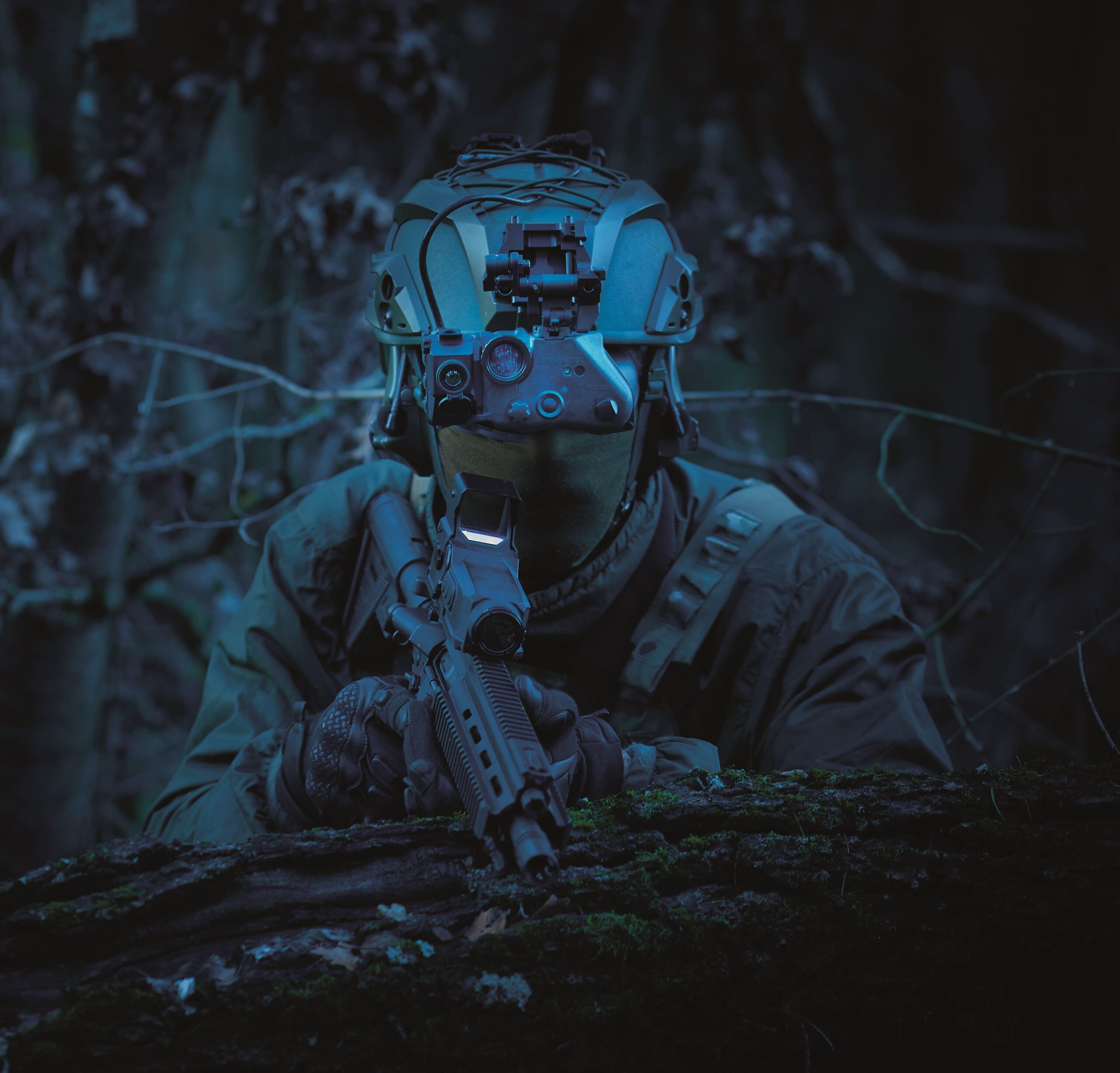
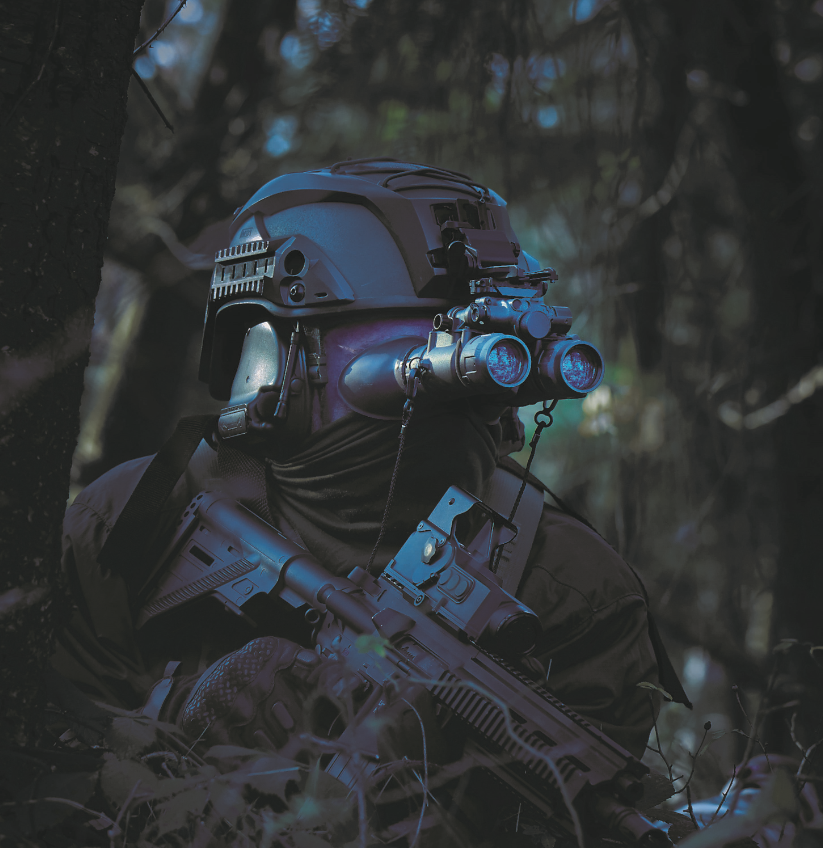
Augmented +
WHO? Dismounted soldiers, specialised units, soldier systems.
WHAT FOR? Decamouflage function with optimal ergonomics (Thales FoldedDesign™) and connectivity for soldier systems.
WHY? IR/I² fusion capability in a compact, lightweight design.
FLAGSHIP PRODUCT: Minie-D/IR NightRise, the best combination of technical capabilities (fusion, 51° FoV) and SWaP performance (490g) for optimum protection of soldiers in high-intensity combat
Related solutions & services
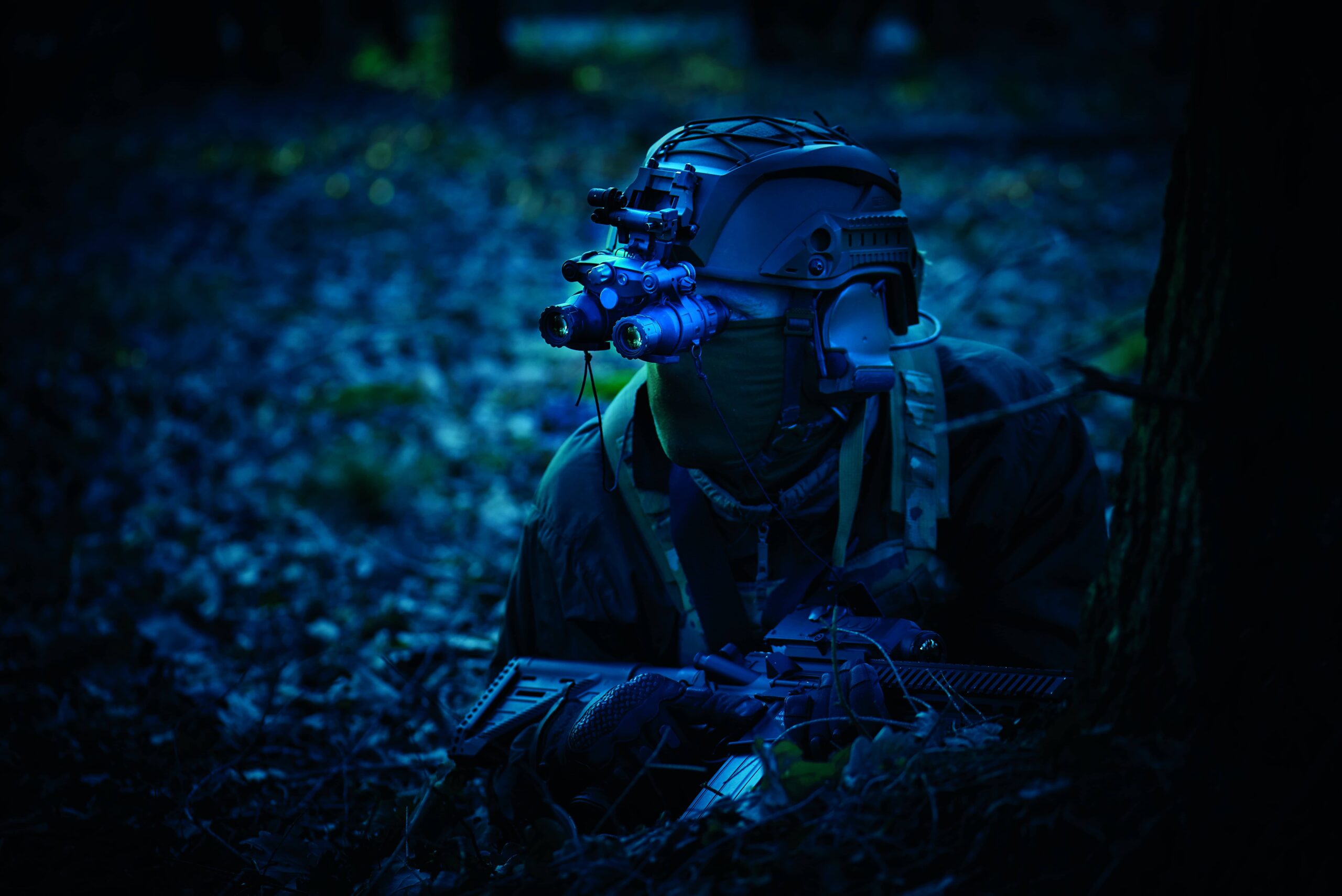
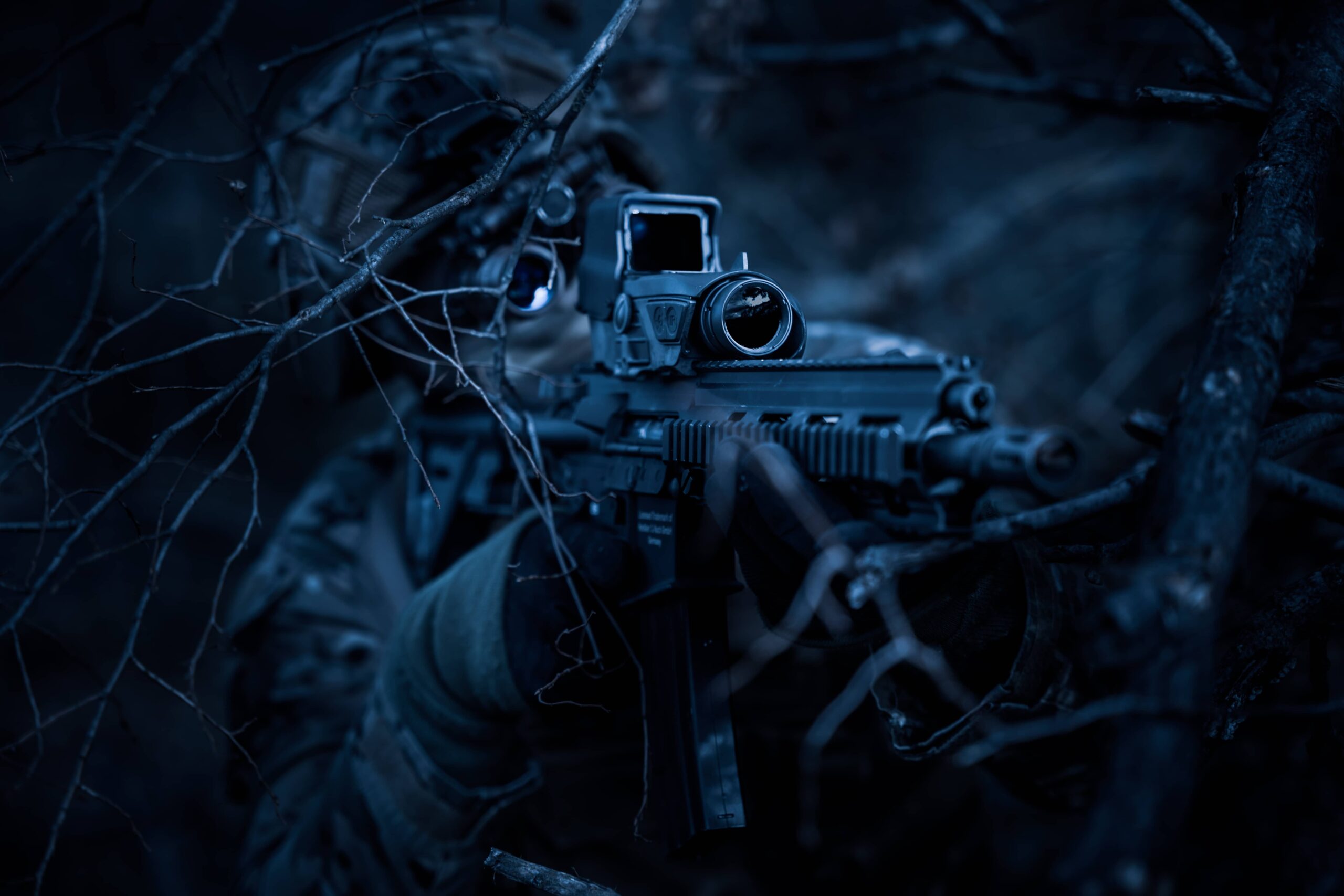
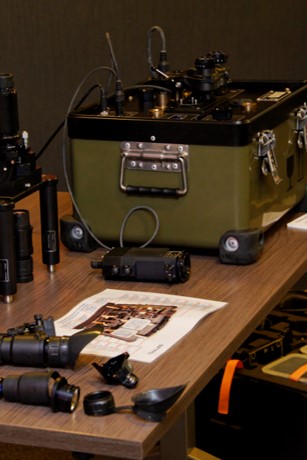
Latest news

Let’s keep in touch
Reach one of our expert, or get our latest informations :
